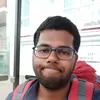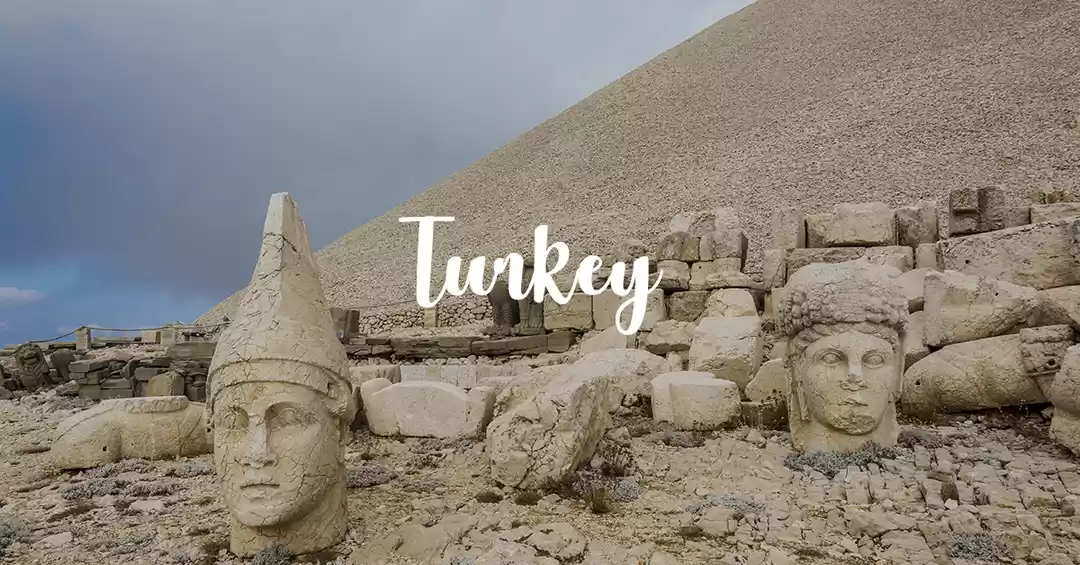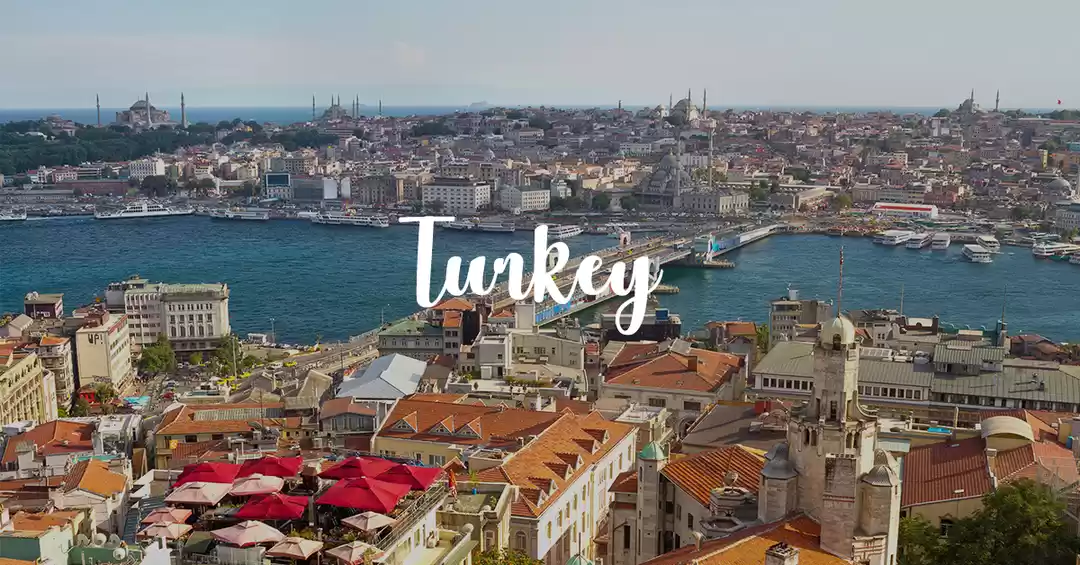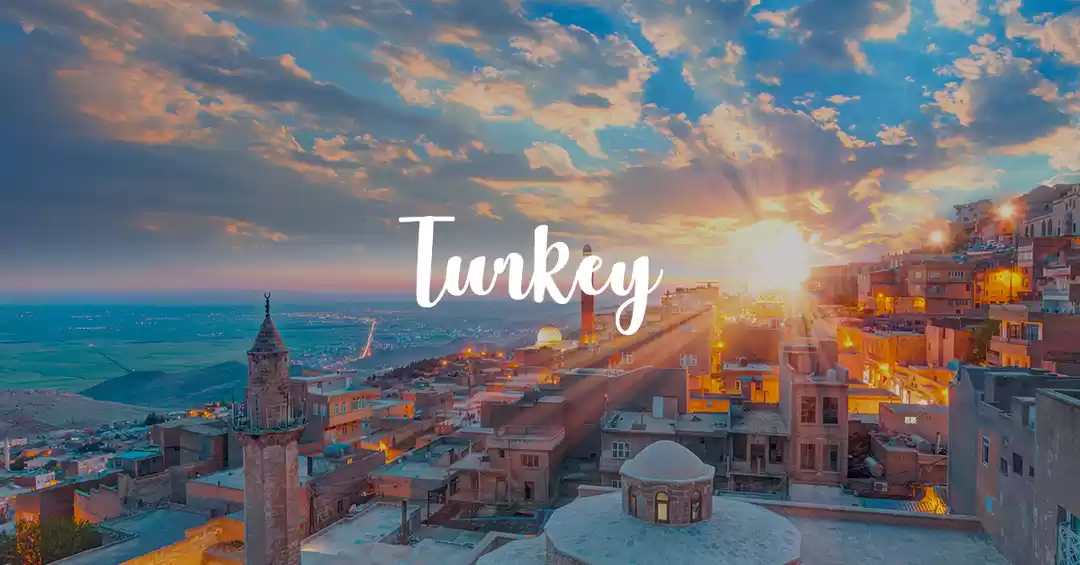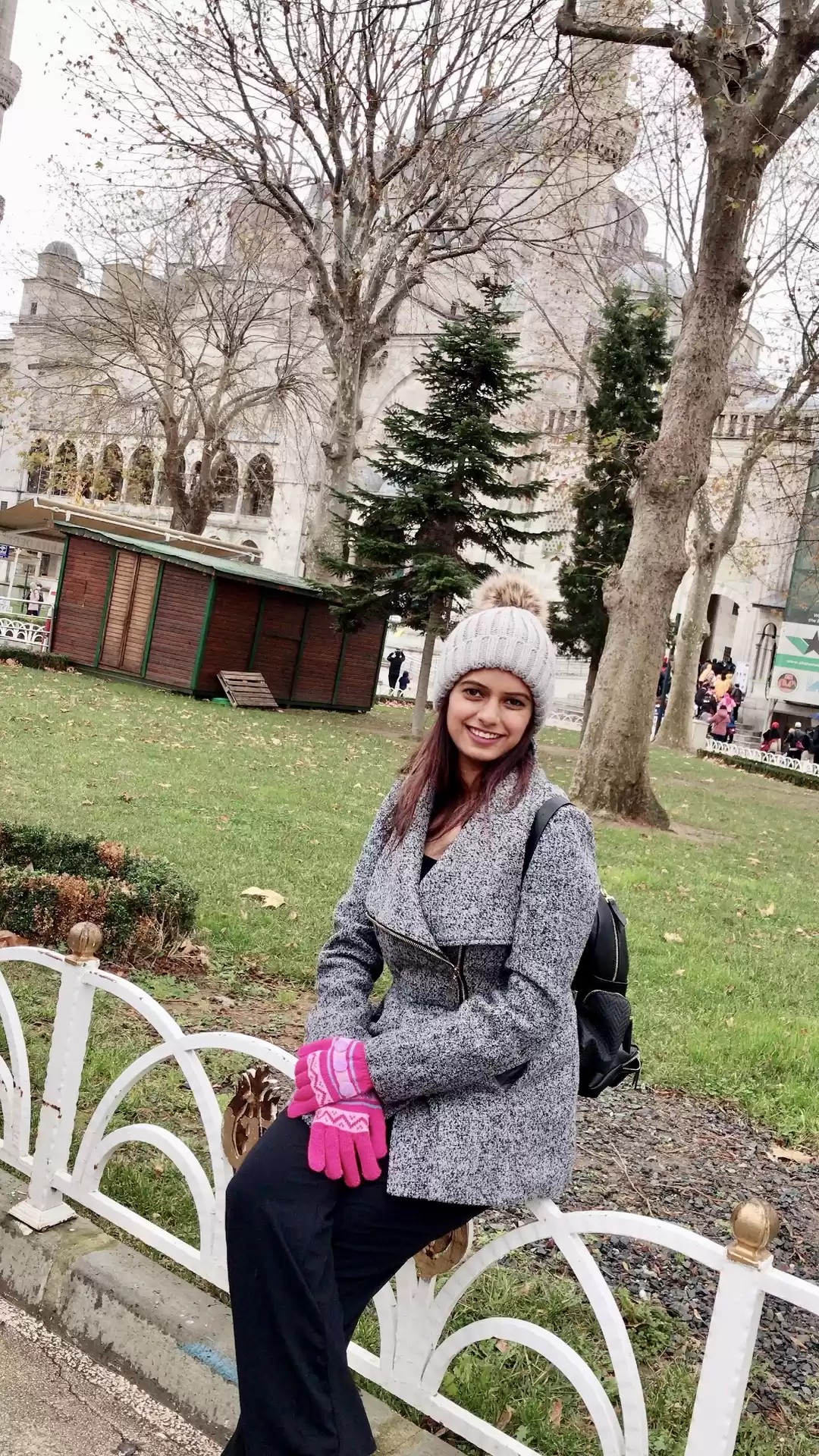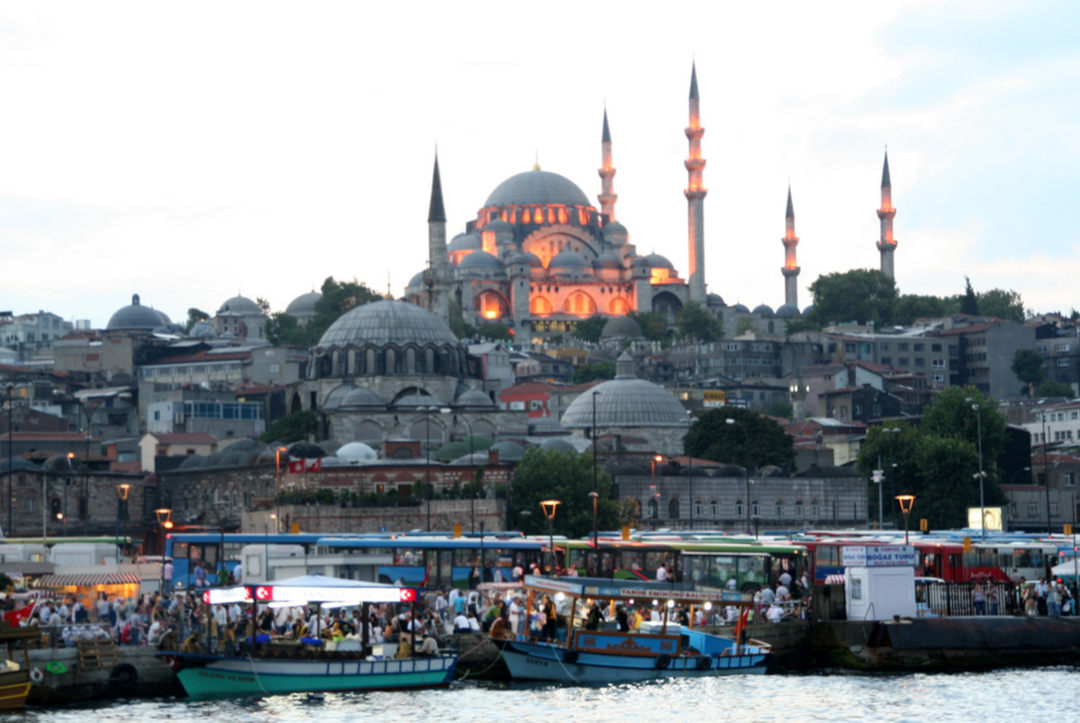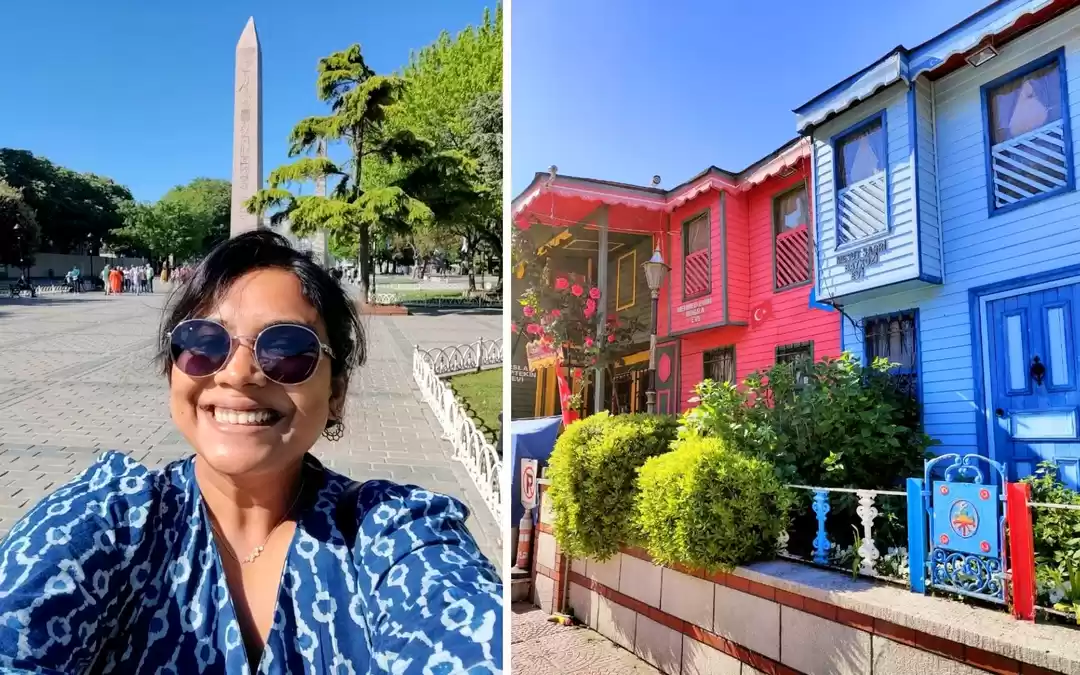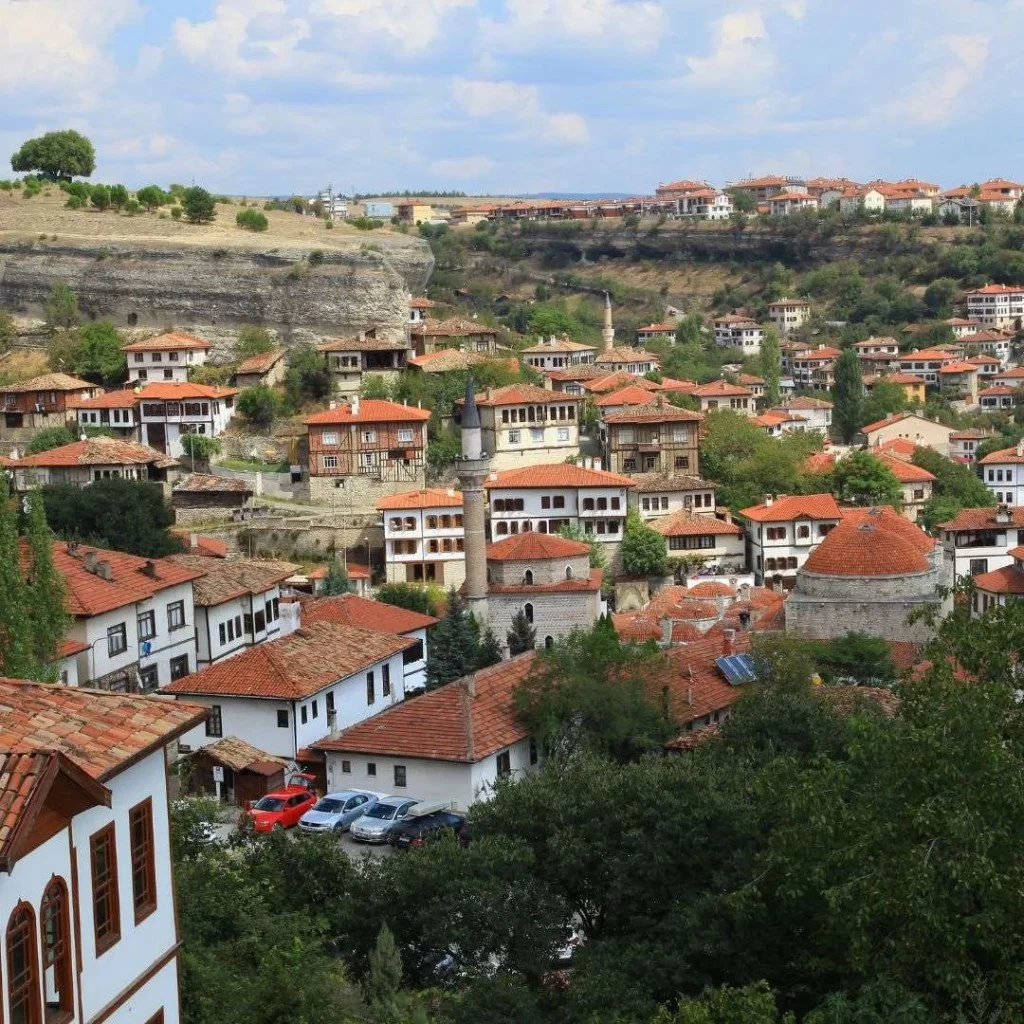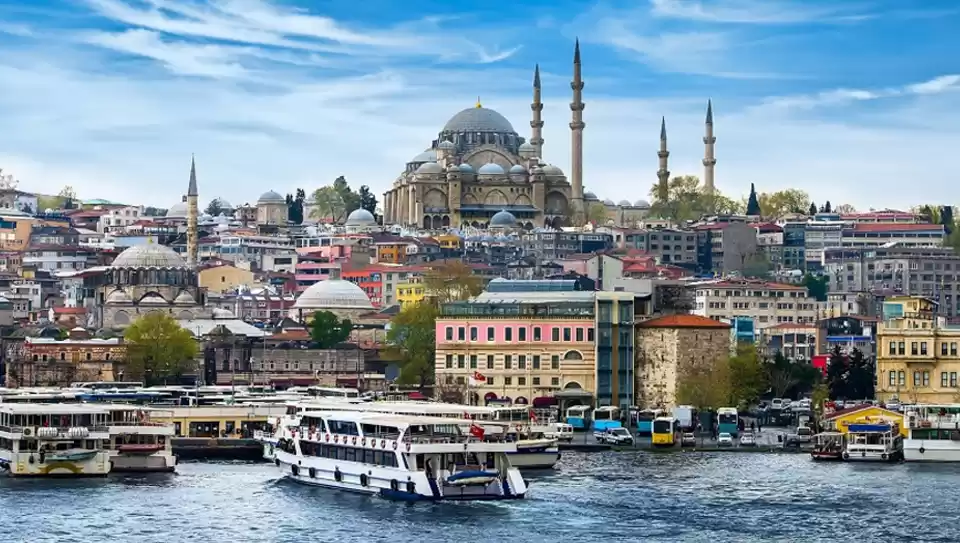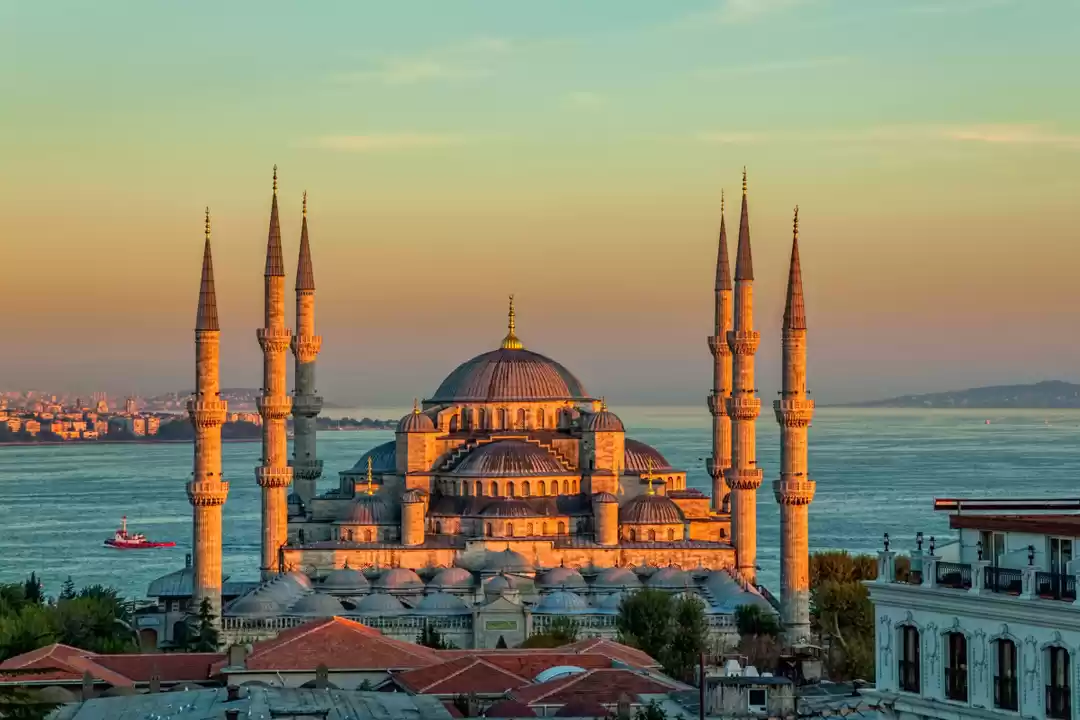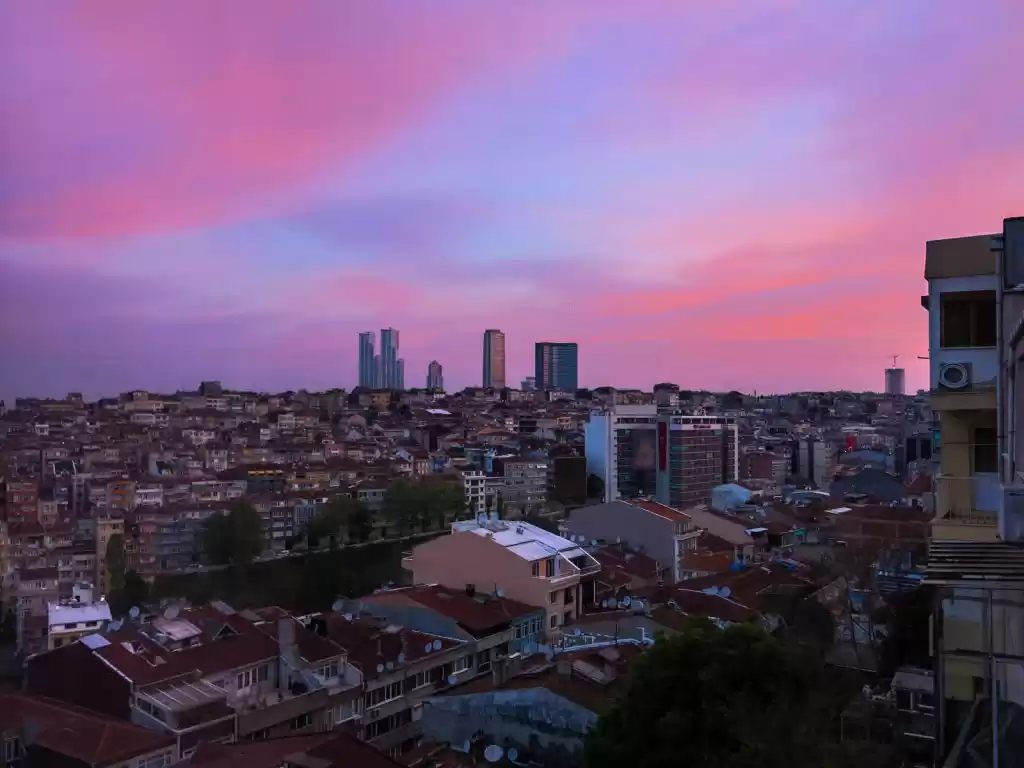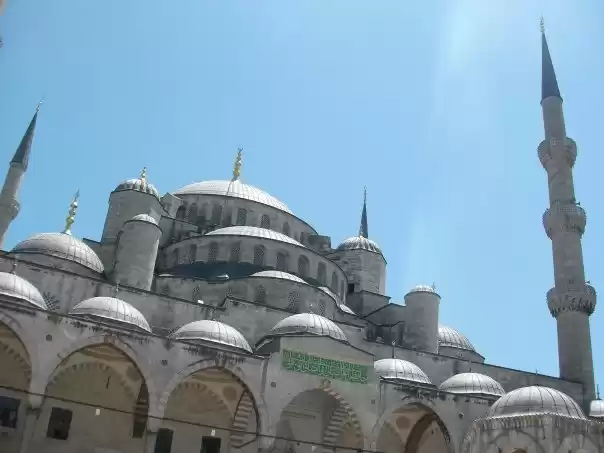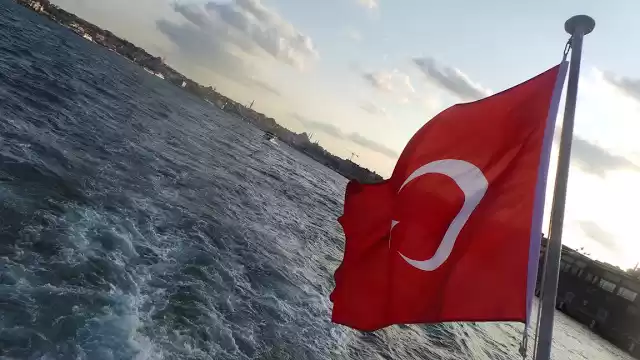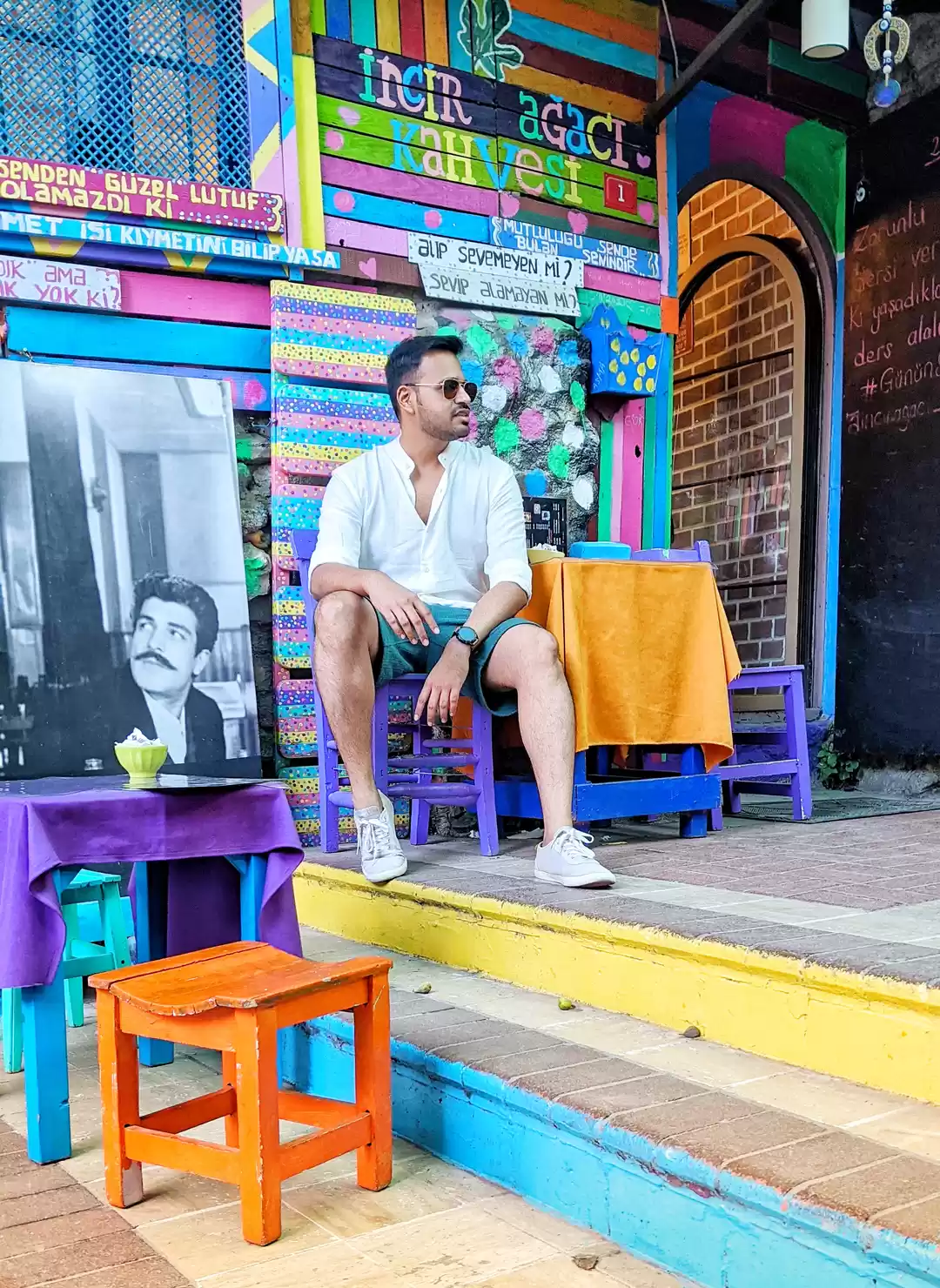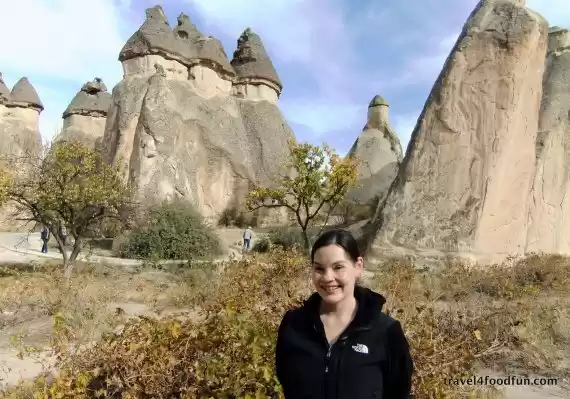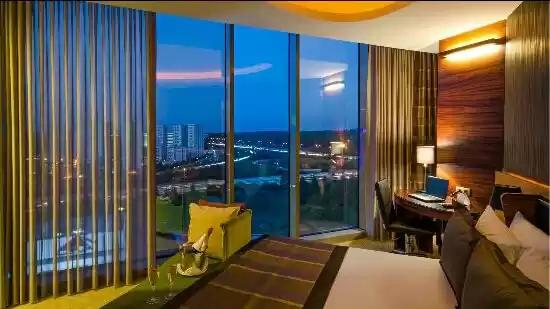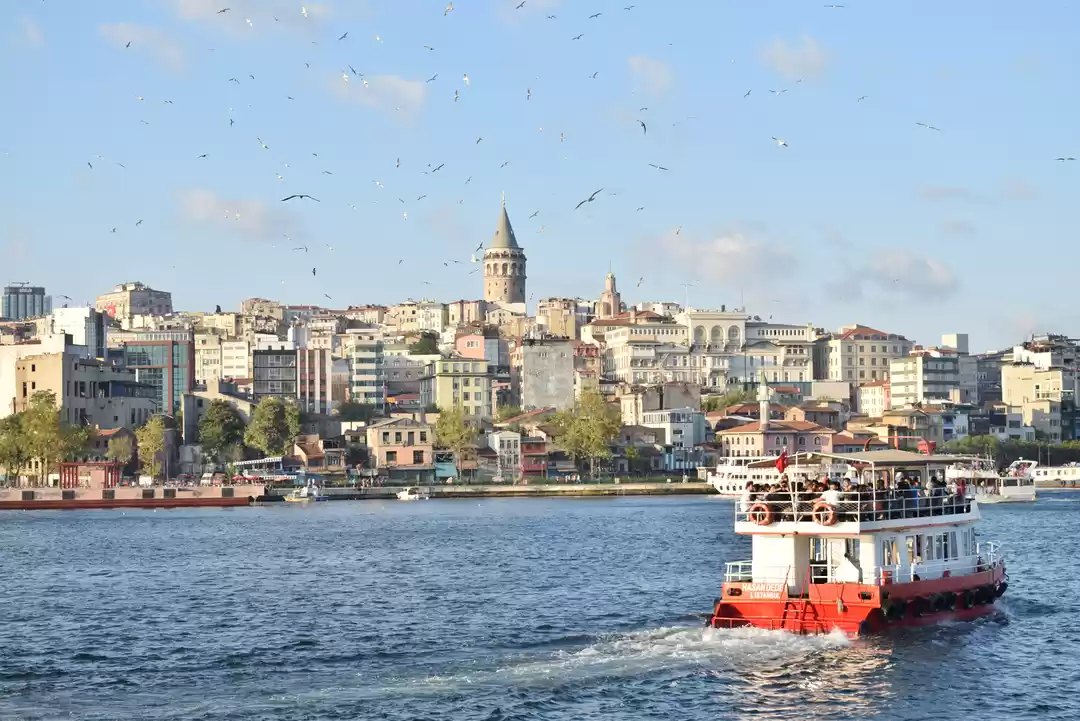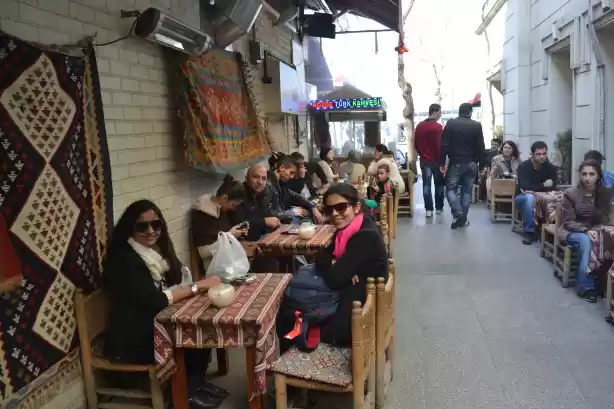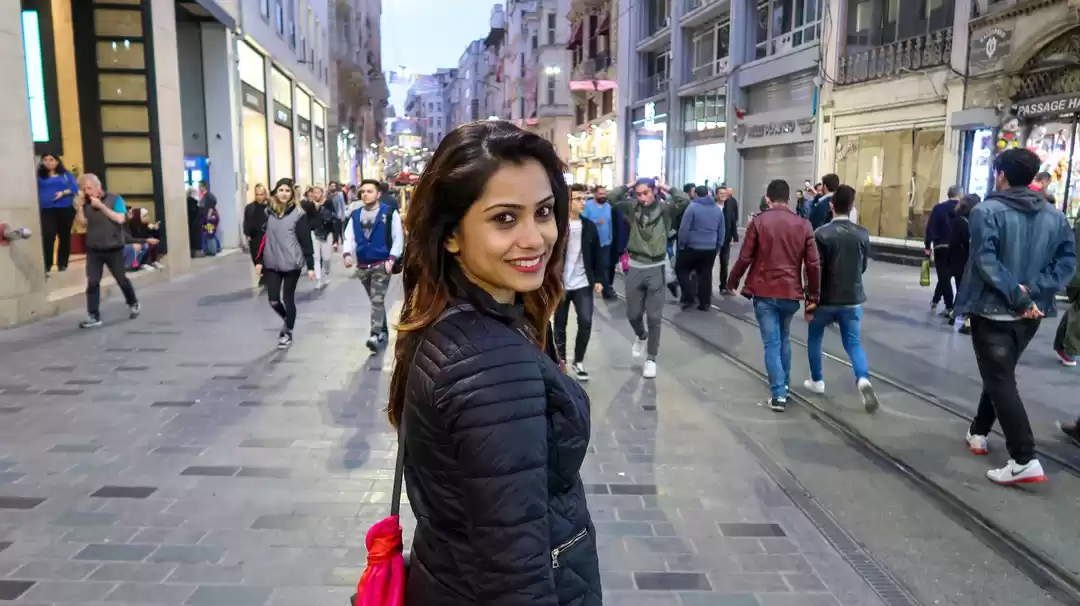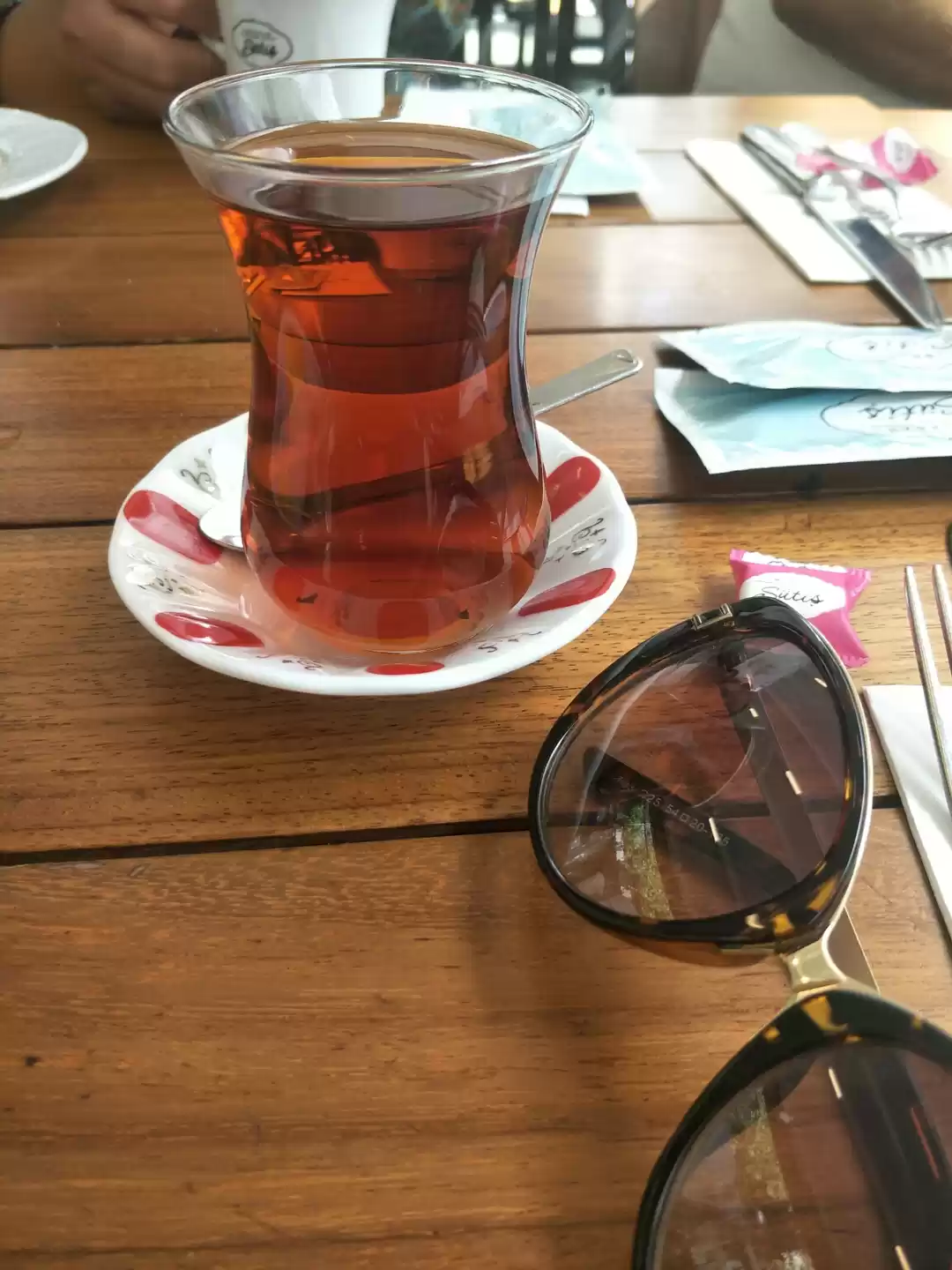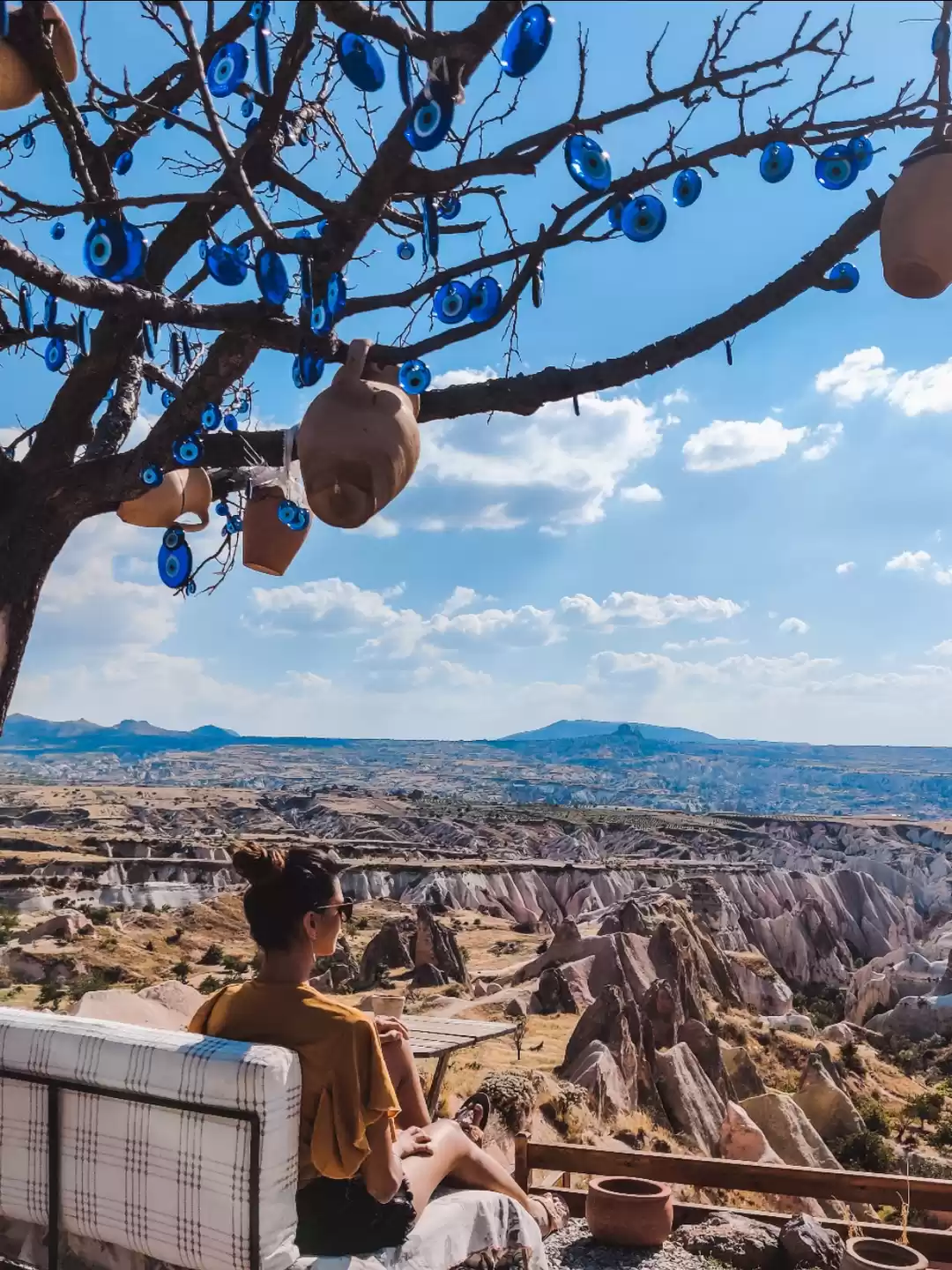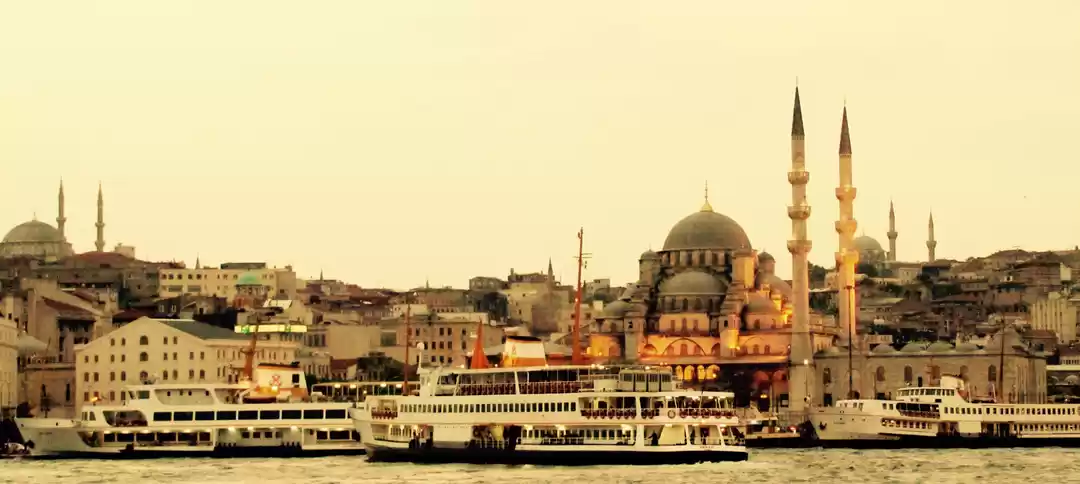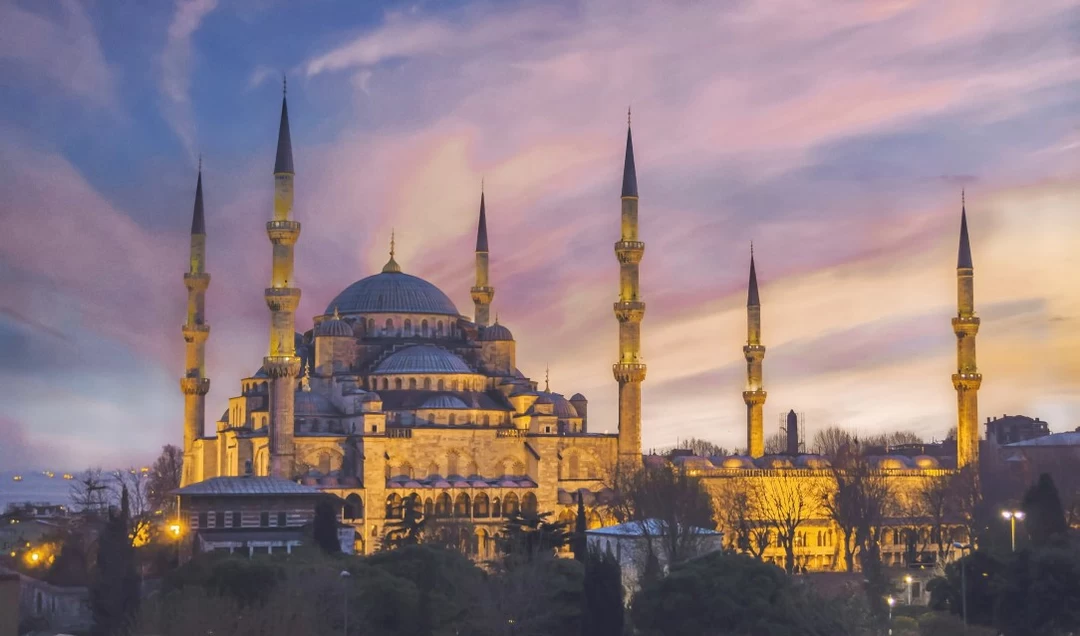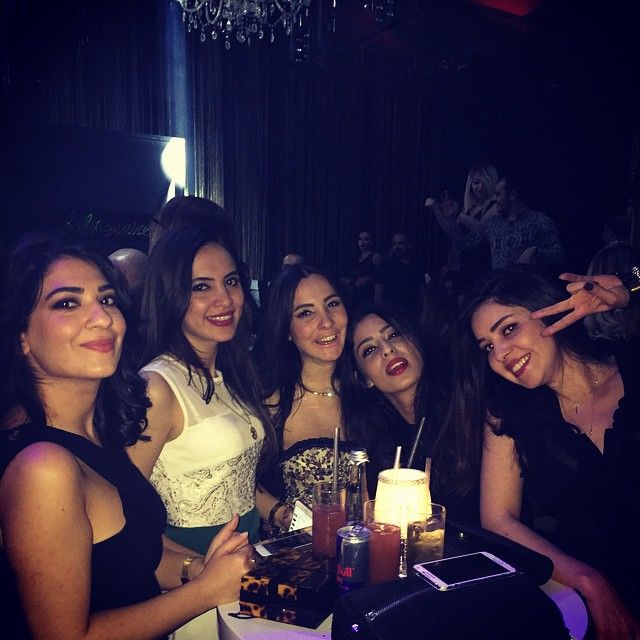
For years I had dreamed of traveling to Istanbul. It is the largest city in Turkey and the third largest in Europe. Although it is not the capital of the country, for me it could well be one of the capitals of the world. I had read so much about the city, seeing its yalis next to the Bosphorus, its minarets, and its thousand colors. Istanbul is a unique city with a thousand adjectives with a wonderful mixture of smells, colors, and flavors.
I loved the city of Istanbul. It is ordered, clean, neat and beautiful, at least in our eyes. Halfway between Europe and Asia, it is the only city established between two continents. It offers the traveler a mix between the Asian, Arab and Western culture that will surely leave no one indifferent. We were captivated by the days we were there and we bring you this Istanbul travel guide so you can get the most out of your trip.
It is the only city in the world located on two continents between Europe and Asia, with a more European than Asian style. The typical image we had of Istanbul was that of the sunset under a huge mosque. But when we arrived we were surprised that there is not only one immense mosque, but several that dot the urban landscape of Istanbul.
We arrived at the Sabiha Gokcen airport (the one on the Asian side) after midnight. We lost the bus. At one in the morning, this airport was almost empty. The passengers who had arrived with us had already disappeared. There were the guards, a man with a cane and a galley (those characters that are always there) and a salesman hanging around.
Luckily they were left because they were the ones who helped us. The first explained the options to get to the city center at that time (one more expensive than the other). The second one lent us a phone card to call the guy from the couch who was waiting for us. The third put on his jacket and went out to check the bus schedules and request the taxi drivers not to loot us with the prices.
After a thousand laps to decide how we were going to our house, we decided to take a local bus. It passed at 2.20 am to Kadikoy, on the banks of the Bosphorus, on the Asian side. From there we had no choice but to take a taxi, as it was already after 3 in the morning and we need sleep after the fatigue. It was the most expensive taxi of our lives.
We arrived at 4 in the morning and apologized to the owner for the hour and for the confusion of the airport. We thought we were arriving at the airport on the European side, 10 minutes from his house and we went to sleep.
Day 1 - New Years Eve in Istanbul
We barely recovered from the endless trip, with 14 hours of wait included. After breakfast, we went up to the terrace of the hotel to see the views of the city. Despite the cold, everything looked nice. We went out to enjoy the city. Some parts of the city reminded us of the Hague, and others of Paris.
We not only liked the architecture, the bars, and restaurants on the street or the food, but we also felt very comfortable with the people we met on the way. Everyone was kind and helped us whenever we needed it. Also, they are not invasive or talk to us all the time. At least that was our experience.
We went up Caferiye to Sogukcesme Sokak, with its yalis and its quiet atmosphere of people going to the palace. We enter and Hagia Sophia receives us with a scaffolding too big and all the majesty that the centuries give. Ayasofya, as the Turks call it, was taken by the Ottomans and converted into a mosque, endowing it with 4 minarets. Ataturk transformed the mosque into a museum.
And from Hagia Sophia, we go to the impressive Sultanahmet Camii, better known as Blue Mosque. We enter the courtyard and go out on the opposite side to access the entrance of tourists. There are bags for shoes. It was built in the seventeenth century and is the largest in Istanbul, also called Sultan Ahmet Mosque.
We finally understood why it is called the Blue Mosque when we entered the interior and saw the thousands of blue tiles that adorn the dome and the walls of the mosque. The light entered through the more than two hundred windows providing great luminosity. At about three meters above the carpets, there are large chandeliers that hang from the domes in the area delimited to pray, which is separated from the area that tourists can step on.
We settled on the carpet supported by one of the columns and enjoyed unhurriedly every detail that is part of the spectacular decoration of the mosque. The blue mosque seems to us a magical place, like so many others in this city. The atmosphere in each mosque is perceived differently.
The landscaped esplanade between Hagia Sophia and the Blue Mosque is known as Sultanahmet square. It is a fantastic area to walk. Leaving from Hagia Sophia to the left are the baths of Roxelana, from the XVI century. And here next to the Arasta Bazaar, there are nice and quiet, shops with wooden structure outdoors. There is also the Great Palace Mosaic Museum of the Byzantine emperors.
In the rain and the extremely cold weather, we went to see the Topkapi Palace, the administrative headquarters of the Ottoman Empire. Inside we can see, among other things, a collection of pieces of imperial treasure, incredible. The entry fee is quite expensive. As if that were not enough, they have a second ticket to be able to see the Harem, but we do not pay it.
In photos, it looks spectacular. It's the same thing that happens in the Palace of Versailles in France. There you have to pay a ticket to see the palace and another one if you want to enter the Hall of Mirrors. We walk to near Sirkeci, following the route of the tram, to the restaurant on the top floor of a hotel. In this area, there are many hotels and places to eat.
The restaurant is good and the views are great, with nice service, rich and well-presented food and a very reasonable price. We ordered a durum (rolled kebab) of chicken, a soft drink, and an orange juice. There is in the meat roll itself the potato, carrot, onion, or whatever one wants to add. The truth is that they were delicious and being so cheap, it was a recurring meal during the days we spent there.
After lunch, we leave for Eminonu. One of the obligatory routes is to get on a boat and cross the Bosphorus. A narrow water channel separates the European and Asian part of the city and connects the Black Sea with the Marmara Sea. The boat stops at Uskudar, and goes through Ortakoy and continues to the second bridge.
With a chilly wind blowing, from the ship we could see some of the most beautiful views of the city, as well as palaces and mosques. I spend a lot of time on the deck, despite the cold wind. We then return at sunset to Eminonu again, seeing the Asian part. Upon arrival we hear the call to prayer, that was really magical. Istanbul looks splendid. We take the tram to return to the hotel and prepare to go out to dinner.
We pass by a Hammam and go in the little street of restaurants next to Divan Yolu. I wanted to go to a meyhane for dinner, with a more informal atmosphere than a restaurant, and dine with meze, or Turkish Kebab. So we went straight to see a few. We ordered soup, calamari, a very rich lamb kebab, honey chicken, pasta dish, burek, drinks, and desserts. And I assure you that I have not eaten so much in my life, (nor so long and so extensively) and even then, we were not able to finish everything.
It was the New Years Eve in Istanbul and when it was 12 o'clock at night, they start the countdown. Everyone started cheering and hugging each other. Then, the lights went out and suddenly, a dancer appeared (spectacular and beautiful). We see her belly dance to the music and intoxicating drums. Almost all the women joined her in dancing after a while, until finally a few men finished dancing with her on the table.
After the beautiful dancer left, we continued having dinner (at 12 o'clock we still had not eaten the main course). The people already blind of raki, began to sing duets from one table to another. The funny thing is that the Turks who were there (who were the majority of the rest of the diners) stopped eating. They smoke a cigarette, eat, dance for a while, and they smoke again. They gulp half a bottle of raki, sing a song, and have another round of raki. They ate again and they were still having dinner at 1 in the morning.
Without a doubt, for them, the matter of the table and the good food, is something that they enjoy as much or more than we do. During dinner, there was a gentleman playing the typical Turkish guitar and singing. The parishioners accompanied him with songs very often. All the guests seemed to be regular and Turkish customers, except us and another couple of Italians.
The truth was that it was great and we had a great night. We did not go to celebrate at any local club or the various street parties that are around the city. There are also the traditional "for men" bars where they are, as the name says, only for men. They smoke hookah, play burako or cards and drink a lot of tea. After a few more drinks between songs, in the same restaurant, to digest dinner, we went to sleep.

Day 2 - Grand Bazaar in Istanbul
After breakfast, we leave towards the entrance of the Grand Bazaar. There are not too many people and we walk very well seeing the different areas of jewelers, bags, clothes, and crafts. Thousands of stores are distributed in its streets. I must say that I love these places but I thought it was too modernized. We found authentic luxury shops where they sold jewels or fur coats, which contrast a lot with the original charm of the bazaar.
In this sense, without detracting from this mythical place, I am undoubtedly a fan of the souks of Marrakesh. The area between the Grand Bazaar and the Spice Bazaar is very lively. The Spice Bazaar or Egyptian Bazaar is in Eminonu at a short distance from the Galata Bridge. Next to the New Mosque, is the perfect place to buy sweets, nuts, and spices.
The name comes from where Istanbul marked the end of the Silk Road and here came the spices of India and Southeast Asia via Egypt. At the exit, we bought chestnuts and corn cobs. Istanbul smells a lot of things among them this one of which Turkey is a great producer. We finally decided to cross the Galata bridge. We did not want to stay without trying one of the famous fish sandwiches that are sold leave to the Galata Bridge in the street stalls.
When arriving in Beyoglu it was pouring. We took refuge in the entrance of a bank. Seeing a restaurant near it we enter there for lunch. We ordered lentil soup, salad, cheese plate, grilled chicken and oriental chicken, drinks, desserts, and coffee. After lunch, we leave to look for the entrance of the funicular Beyoglu or Tunel.
The funicular Karakoy Beyoglu-Tunel is the oldest suburban transport in the world after the London underground. When we are already in Istiklal Caddesi it rains again. So we quickly get to eat at a large international food place and order risotto, pizza, pasta, hamburgers, drinks, and coffee.
We travel from Istiklal Caddesi to Taksim, full of 19th-century buildings and clothing stores. This area is for more than one afternoon. We do not have time to walk around Cucurkuma or see the Pera Palace. We bought some souvenirs. It is very cool to see the nostalgic tram passing between Taksim and Tunel.
We arrived in Taksim, a huge square. It is the heart of the new Istanbul, that is full of restaurants and luxury hotels. The idea was to go and have a drink in the cafe but besides being cloudy, it was getting dark. So we went to the cafeteria of the luxurious hotel in Taksim, with spectacular views.
We had dinner with very nice rich food of chicken, brochettes, stuffed puff pastry, desserts, and drinks. After dinner, we ended our second day in Istanbul. It was a perfect climax for an intense day in which we soaked up with the five senses of Istanbul. I doubt we will find another city in the world that contains the same contrasts and surprises just as the great Ottoman metropolis. We were tired after all the day walking and the party the night before. So we went to rest at the hotel.
Day 3 - Istanbul to Cappadocia
It was the last morning of walk and surprises. And it was an Istanbul that we were saying goodbye, or until the next, a lively, happy, colorful, hospitable city with a heritage that deserves to be cared for and shown to the world. After having a pomegranate juice, it was time to say goodbye and leave for Cappadocia. The car waits in front of the hotel door. We will return to Istanbul. We do not doubt that many more smells, colors, and flavors await us.
The city of Istanbul is big and has many more things to visit, but this was just a screenshot. We hope that although it is long, you liked it!
Going out in Istanbul to Enjoy Music, Dance, and Nightlife
Although I think that cities are shaped by the characteristics of the geography on which they are built, they also have multiple faces, depending on the personality of the people who inhabit them and the people who pass through them. Today we escape from Istanbul, to rest from the city.
The choice is centered between going to the Princes Islands or Adalar, or get to the Black Sea. For the first option, ferries are from the jetties of Kadikoy, Besiktas and Kabatas. The trip lasts one hour and a half, and of the 4 visited islands, Buyukada, Heybeliada, Burgazada and Kinaliada, the largest and most visited is the first one.
As no motor vehicles are allowed, the alternative is limited to renting a bicycle or hiring a phaeton, horse carriage, which are found when we arrive at the side of the ferry stop, and that therefore await the arrival of travelers. The carriage takes us to the hills, walking among the noucentista mansions of the island.
When I was there, he asked us to have a drink, and he parked on a terrace on the hill at the edge of the sea with very nice views. Once we're back in the village, the option is to eat at one of the fish joints around the jetty. If the trip is in summer, you also have the possibility of renting a boat that will leave you on a private beach, lie in the sun and take a bath.
On this occasion, we went to the Black Sea by road, marking as destination point the coastal town of Kylios, one of the first on its banks. We start the trip, taking the tram to the final stop of Kabatas, where buses stop, which take us to the nearby town of Sariyer. The route is long, one hour approximately, and the innumerable stops run parallel to the strait, covering practically all the populations of the European shore.
There is an option to get to Sariyer by cruise on the Bosphorus from Istanbul, although it does not follow until the Black Sea, which is only 8 kilometers away. From there if I'm not mistaken, I think there are tourist boats that go to the entrance and return.
In Sariyer, we get off at the ferry stop, and walk inland on the road that runs through the town, to a Dolmus stop where we see the fate of Kylios. In the Dolmus, a minibus with capacity for 20 people, the riders give the money in hand to the driver. The route is made transversally by the hills that separate the two populations, since it is not possible to do it by the coast.
Besides that there would be a detour to the whole tip of the peninsula. From Sariyer, however, it is possible to arrive by road to Rumelifeneri, fishing village, on the very edge of the Black Sea and the Bosphorus. It gives its name to the lighthouse on the European side, which guides the intense maritime traffic to the strait.
Kylios is small, very small. From the stop at the entrance of the village, after having a relaxing tea in a quiet and charming bar, we followed the road instead of going through the town. We did not find a way to the beach, since most of them they are private and the accesses are fenced, or guarded.
Groups of dogs appear who approach and observe, but do not threaten when we pass by. After a few meters, we go through the door of a complex of buildings surrounded by fences, and almost instantly leave. People warn me that it goes down there to the shore.
The security guard and his dog guide us through the spaces between the barracks, where groups of children and a few adults, observe us with curiosity. They check us up and down, and a few steps further down a flight of stairs leading to a dirt road that is lost in a forest. The guard, as charming as the old man in the bar, seems sincerely happy to be able to start a conversation and help us.
When we ask him if the ships where he works are the schools, he tells us that the place is a complex enabled to provide shelter to families. They were left homeless by the earthquakes of last autumn in the province of Van, in the east of Turkey near the border with Iran and Mount Ararat.
A few meters down, when we reach a crossroads with another road that leaves the road and at the entrance there is a gate and a barrier. The boy tells us to wait. He lets the guard know that we have his permission to walk through those land. Upon returning, he indicates that the path will take us to the sand.
We thank him from the heart. He turns around taking the road back to the reception center, and his dog comes with us for a walk. The day is leaden, and down the path, the landscape, like silence, is ghostly. The uninhabited blocks are only skeletons in the middle of the brush and fallen leaves.
At the edge of the road, a car is dismembered with the doors open, without glass and the bonnet ripped off. Flanked by more empty buildings, we continue to the sand, where the asphalt is abruptly cut. The Black Sea stretches out, behind a beach full of garbage and debris, tires, rusted iron, white booths and empty apartments with peeling paint.
It seems to be the terrace of a closed club, full of plastic chairs and tables thrown away. There is no one, and you can not see a soul in the distance. At the beginning of the beach, in an arm of the cove are the houses of the town. On the other side is a corroded footbridge that gets into the water, perhaps once a jetty. In the sea, are a horizon of freighters and ships.
It gives the feeling that everything had been devastated by the storms, leaving that place of desolation. In spite of everything, it's not bad, and in the walk along the shore, we met a girl jogging, and a kid who leads us, walking in the same direction. At the end of the beach, after passing through a door that goes to the back of a restaurant, we went to a hill and the most lively street we have found so far.
It is not because there are many people in the streets, but because in several bars and open shops, we see people. At the end of the street is a small esplanade, and on one side the entrance to the village and the bus stop. We take back 10 minutes later, to link at Sariyer, with bus to Kabatas.
The bus to Bosphorus is full, but we are seated, although halfway up I get up to let sit an old woman who has climbed. There are quite a few people standing up and the trip is long, but we got off a little later, because we are going to take a walk around Ortakoy. There is no danger of stopping, because it is impossible not to see the Bosphorus Bridge (Bogazici), under whose European feet the town is sheltered.
Ortakoy (middle village) is split in two by the road. Between it and the Bosphorus is the tourist area, with cafeterias, restaurants, tea shops, and handicraft stalls. There are also cool clubs in the Istanbul area, those with terraces to the strait. On the shore, next to the ferry stop (iskelesi), we see the picturesque and wonderful white stone mosque and tall windows, now under construction.
To the north of the road, Muallim Naci Caddesi, Ortakoy is transformed into a more quotidian neighborhood, without the Bohemian shore of the Bosphorus. Shops, bars, pastry shops, high schools, hairdressers, and their people, live under the gigantic frame of cement and cables hanging above their heads.
We go down to the dock, and do what the others do. In a glazed corner restaurant, a stone's throw from the jetty, we ordered a couple of potatoes like melons. They are stuffed at the discretion of what the waiter's ingredient tanks caught, and watered with a judicious mix of slurps.
It is almost impossible to finish the tunneled tubercle, and it is advisable not to do so as a matter of intestinal caution. The rest of the visit, as it could not be otherwise, we do it through the adjacent streets. The stalls of handicrafts and antiques, have been transformed from a time to this part, in mere jewelry, stones, and cheap souvenirs.
In the mosque covered by tarpaulins and guarded at the entrance, we can see through the doorway. The bus stops are on the clogged road, so we leave the back streets behind, and go out into the chaos of the avenue. From here, it is not only bus 25 that goes to Istanbul, but there are many more to the center.
In a store next to the stop, we bought the cards, and after passing a bus that even though it was full, managed to get up or grab all the students in a class. We got to sit in the next stop, which goes Half-empty and bound for Kabatas. The route is short, although with many stops, and picks up a good number of students from the faculties of the Bosphorus universities.
The route also passes under two huge green lungs of the hill, essential to visit, such as the Macka park and especially the Yildiz park. We leave the bus and the shore, taking the funicular zipper that climbs the hill to Taksim Square, to see sale season on brand stores in Istiklal Avenue.

Taksim Square, has been for years a point of reference for night lovers. It has DJ nights and occasional live performances. They usually play nu-jazz, rock and Latin music. On weekends the public enjoys nights of disco music. The city transforms into a bar or nightclub from certain time.

To top off the day and the trip, we go to celebrate taking a few beers in a small hideaway of a side alley in the most famous and chic disco in Istanbul. The security guards stationed at the door of the premises monitor that boys entering cannot exceed the girls. We enjoy drinking while watching Turkish football on TV. The beer is much cheaper. We walk down the steep alleys around Galata, and take a tram on the bridge to return to the hotel room.
Frequent Searches Leading To This Page:-
Turkey Package Holidays From India, Turkey Honeymoon Package From India, Turkey Packages From Mumbai, Turkey Packages From Delhi, Turkey Trip Packages, Trip To Turkey From India

